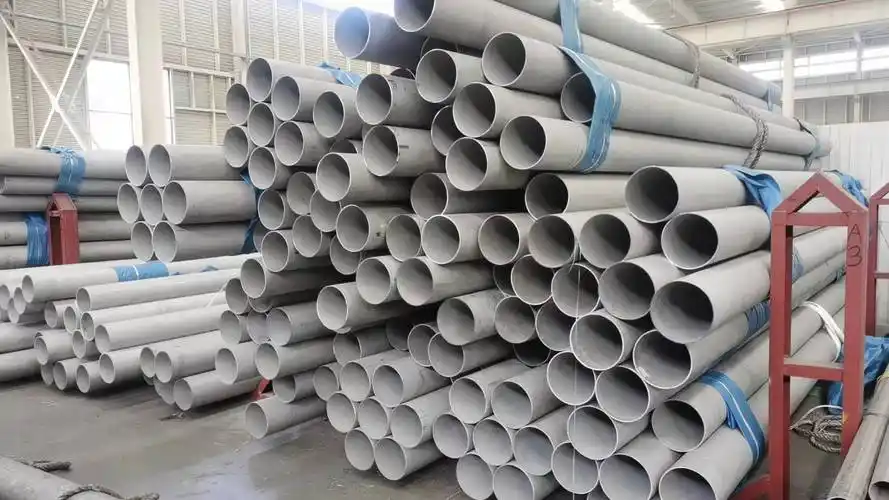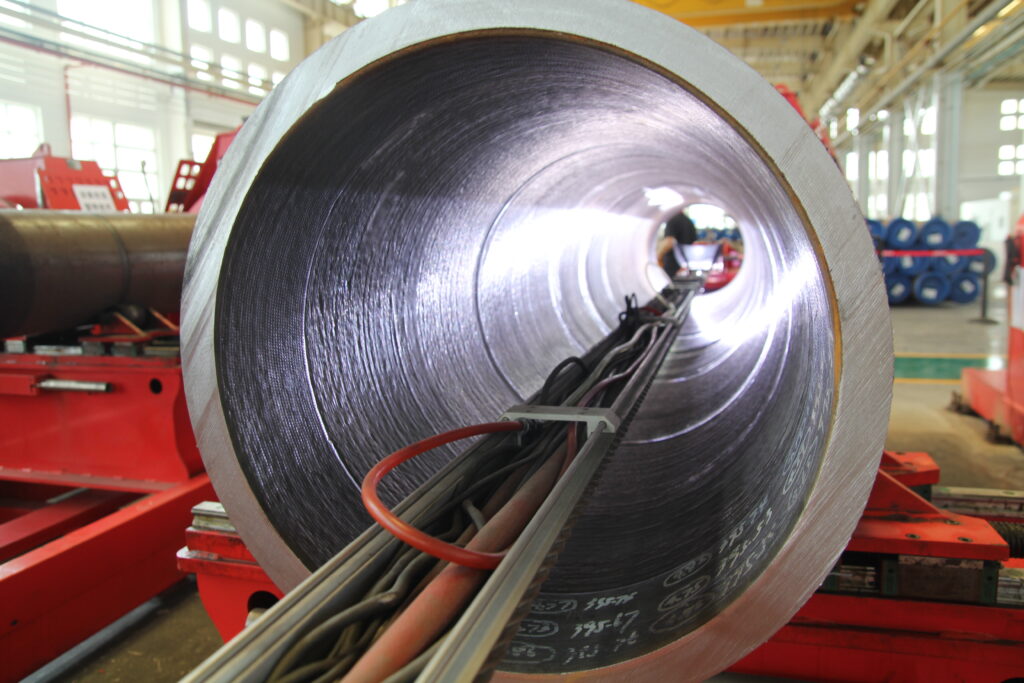How Corrosion Resistant Pipes Are Manufactured and Protected
Corrosion is one of the most critical challenges in pipeline engineering. Whether in the oil & gas industry, petrochemical plants, or power generation facilities, the degradation of steel caused by harsh environments can lead to costly failures, unplanned shutdowns, and even safety hazards. To address this, engineers rely on corrosion resistant pipes—manufactured and treated with specialized methods to ensure long-term durability.
FNS Pipeline will explore the key techniques used to produce corrosion resistant pipes, their benefits, and how to select the right solution for your applications.
Material Selection—The First Line of Defense
The resistance of a pipe to corrosion begins with the choice of base material.
Stainless Steels: Grades like 304, 316L, and 321 provide excellent corrosion resistance due to their chromium-rich passive oxide layer. They are common in chemical processing and offshore pipelines.
Nickel Alloys: Alloys such as Inconel 625 and Alloy 825 offer exceptional resistance to chloride-induced corrosion and acidic conditions. They are used in subsea pipelines and high-sulfur environments.
Duplex Stainless Steels: By combining ferritic and austenitic structures, duplex steels such as UNS S31803 or S32750 deliver both strength and resistance to stress corrosion cracking.
Selecting the right alloy is often the most straightforward way to achieve corrosion resistance, but cost considerations sometimes drive the need for alternative protective solutions.

316 stainless steel pipe
Weld Overlay Cladding—Creating a Corrosion Resistant Layer
When using corrosion resistant alloys (CRA) for the entire pipe is not cost-effective, engineers apply weld overlay cladding. This method deposits a layer of CRA onto the inner surface of a carbon steel pipe.
Main Techniques:
GTAW (Gas Tungsten Arc Welding)—High-quality, precise, but slower deposition.
GMAW / SAW (Gas Metal / Submerged Arc Welding)—Suitable for high-deposition and large-diameter pipes.
PTAW (Plasma Transferred Arc Welding)—Used for nickel-based and hardfacing overlays with excellent metallurgical bonding.
Key Benefits:
Reduces the use of expensive alloys while maintaining corrosion resistance.
Provides metallurgical bonding between the base steel and clad layer.
Enables customization for specific fluids (e.g., sour gas, seawater injection).
Laser Cladding—Low Dilution, High Precision
Laser cladding is a more advanced solution for applications requiring precision and minimal dilution.
Low dilution: The laser creates a narrow heat-affected zone, ensuring that the corrosion resistant alloy retains its designed chemical composition.
High accuracy: Ideal for localized cladding, valve components, and complex geometries.
Flexibility: Can apply various alloys—stainless steel, cobalt-based, or nickel alloys.
Although laser cladding is typically more expensive, it offers longer service life for components subjected to extreme wear and corrosion.

Overlay Cladding Pipes
Roll-Bonded Clad Pipes—Industrial-Scale CRA Integration
Another cost-effective approach is roll-bonded clad pipe manufacturing, in which a thin plate of CRA is metallurgically bonded to a carbon steel backing plate before being rolled into pipe form.
Large-scale application: Suitable for pipelines extending hundreds of kilometers.
Strong metallurgical bond: Ensures durability even in high-pressure conditions.
Lower CRA consumption: Reduces overall material costs while maintaining performance.
Roll-bonded clad pipes are widely used in subsea and offshore pipeline projects where both mechanical strength and corrosion resistance are required.
External Protection—Coatings and Linings
Corrosion does not only occur inside the pipe; the external surface also requires protection.
Fusion Bonded Epoxy (FBE) Coating—Commonly applied for buried pipelines, providing strong adhesion and resistance to soil chemicals.
3-Layer Polyethylene (3LPE) or Polypropylene (3LPP)—Offers enhanced mechanical protection against impact and abrasion.
Cement Mortar Lining—Used in water pipelines to prevent both internal corrosion and leaching of metals.
These coatings work in tandem with cathodic protection systems to provide long-term durability.
Inspection and Quality Control
Even the best cladding or coating is only effective if verified through rigorous testing:
Ultrasonic Testing (UT) & Radiographic Testing (RT)—To check for bonding defects or porosity in clad layers.
Positive Material Identification (PMI)—Confirms the chemical composition of the corrosion resistant alloy.
Hardness Testing & Microstructure Analysis—Ensures that overlay properties meet design specifications.
Such quality control measures ensure that corrosion resistant pipes perform reliably in service.
Industry Applications
Oil & Gas: Sour service pipelines, subsea flowlines, and risers.
Petrochemical Plants: Handling of acidic, chlorinated, or high-temperature fluids.
Power Generation: High-pressure steam lines and waste-to-energy systems.
Each sector has unique requirements, but all rely on corrosion resistant solutions to ensure safe and efficient operation.
For companies in the oil & gas, petrochemical, and power industries, choosing the right supplier is as important as choosing the right technology. A trusted partner with expertise in cladding and pipeline engineering ensures not only corrosion resistance but also long-term reliability and cost-effectiveness.
FNS Pipeline has been engaged in the field of corrosion-resistant and wear-resistant cladding for pipelines, pipe fittings, etc. for over 20 years. We specialize in providing customers with one-stop corrosion-resistant and wear-resistant solutions. If you are not sure how to choose the right product, please contact us immediately.


